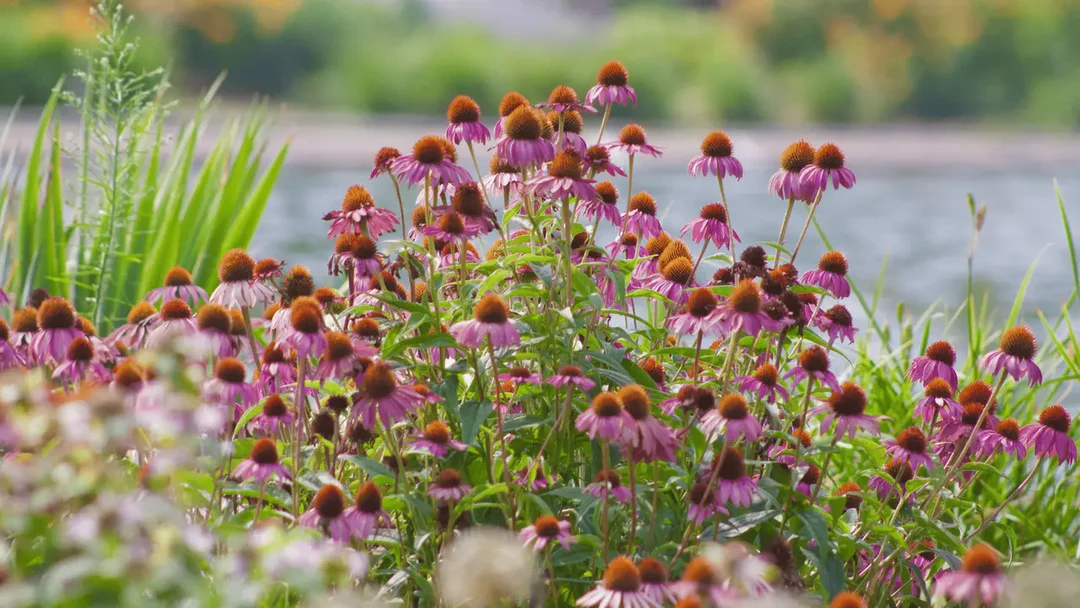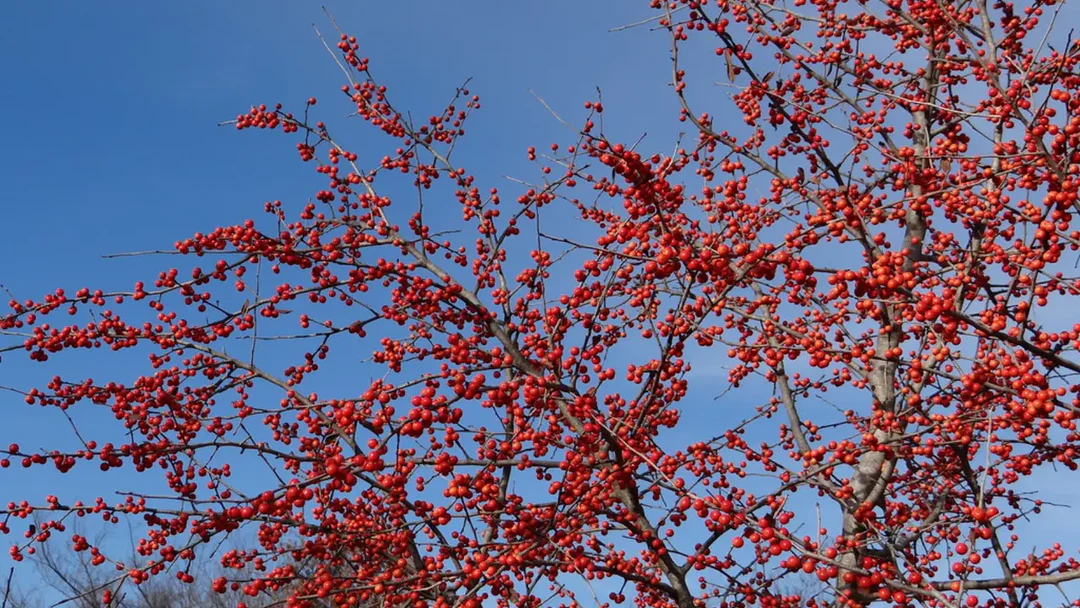Can I plant native plants in the fall?

When is the best season to grow native plants? ?
Spring is often hailed as the perfect time for planting, but the ideal planting time varies depending on what you're planting. Fall is the best season for planting if you desire a vibrant, flourishing garden come Spring. It's particularly advantageous for native grasses, sedges, and wild Forbes (wildflowers). Embrace the autumn season as a prime opportunity to set the stage for a stunning and thriving garden in the coming months!
We highly recommend planting native grasses 8-12 weeks before the first frost to give them ample time to establish deep and strong roots. This allows them to withstand the winter better, ensuring their survival. Giving them this extra time will provide the best conditions for their growth and resilience. It's a wonderful way to support your outdoor space's natural beauty and health! Let's delve into how these 8-12 weeks truly nurture the roots of your plants.
- Access to Groundwater: Even during the winter, our beloved plants require occasional hydration. It's crucial to remember that beneath the surface, even seemingly dormant plants have living roots that thirst for water. After our native plants have taken root, their extensive root systems come into play, allowing them to tap into groundwater that other plants simply can’t reach. But until then, it’s crucial to give these roots the time to establish themselves, especially in dense clay soil, and give them supplemental watering until they can access that deep, nourishing moisture.
- Cozy Roots: Planting early brings the added benefit of insulating and safeguarding the roots from the harshness of cold temperatures. While the winter air may chill the soil's surface, a deeper excavation reveals a softer, warmer environment. This warmth provides a snug haven for the roots, protecting them from the rigors of winter.
Remember, even with plenty of time to settle in, our native plants appreciate extra attention during the winter, especially in our typically arid Texan climate with minimal snowfall. So, give them a good drink of water twice a month during your garden’s first winter, followed by once a month in the subsequent winters. This extra TLC will pay off when Spring rolls around. By understanding and embracing these principles, we can ensure the thriving health of our garden while fostering an environment of natural beauty and sustainability.
Our first Frost date in the Dallas/Fort Worth is Nov 22. You can check your local average frost dates at https://www.weather.gov/wrh/climate. But there’s always the possibility that an early cold front sweeps freezing temperatures down from the Rockies as early as late October. The earliest frost date on record is October 22, 1898. That’s one of the few climate records that hasn’t been broken, if not completely shattered, in the past two years. We all remember cutting it close with a low of 34 degrees last Halloween. And some of you may remember the fall of 1993 when trick-or-treaters braved 29-degree temps. This is to say that Mother Nature doesn’t follow the rules. She doesn’t care about our averages. Our local historical weather patterns will continue to be less accurate in predicting the weather in coming years, so leave your garden some wiggle room for unexpected temperature changes, which can be even more extreme than what North Texas is accustomed to.
It is ideal to plant sometime in early September once the triple-digit days wane. Planting in September gives your grasses eight to twelve weeks to grow before the first frost. That is why we’re writing this blog now– believe it or not, September is right around the corner. You have a month to choose your grasses, gather your material, and prep your beds. Ready, set, go!
Don't worry if you miss the September planting window—we have planted well into November with much success. Grab some frost cloth, just in case we’re faced with our first frost early. Your plants should still have plenty of time to establish themselves before Winter truly sets in.
When is the best time to throw Native seed?
Many native seeds, particularly wildflowers, require a period of cold and moist conditions, known as "cold-moist stratification," to break dormancy and sprout during spring. This natural phenomenon demonstrates Mother Nature's intricate internal clock, as the seeds instinctively wait for the right conditions before welcoming the arrival of spring. Depending on the species, these remarkable seeds must experience 30 to 90 days of cold-moist stratification. It's genuinely impressive how nature has its unique way of ensuring the growth and beauty of our surroundings!
That’s why Fall is the best time to throw Native seed. Typically, it's suggested to sow the seed four to six weeks before the last frost date. However, since some of our natives need three months of cold, moist stratification, planting the seed in the fall before winter arrives is ideal. This approach ensures that the seeds have sufficient time for cold-moist stratification. In the DFW area, the last frost usually occurs around March 12th, so our seed-sowing deadline would be February 12th at the latest. It's essential to remember that the last frost might happen as early as late February, making Fall sowing even more critical.
If the February 12th deadline has passed, or it’s already January and you don’t want to risk a premature last frost date, here are some options:
- Plant Them Anyway: Don't be disheartened if you've missed the ideal planting window. Go ahead and sow the seeds anyway. Some seeds may surprise you by germinating, as they have different dormancy periods. Some might sprout immediately, while others remain dormant until the following year. Be mindful that animals might eat a few seeds or could deteriorate.
- Save them for the Fall: If you missed the spring planting window, wait until fall to sow your seeds. This timing aligns better with the natural cycle of cold and moisture that seeds need to break dormancy. In the meantime, store them somewhere dry and dark.
- Cold Stratification Method: Replicate winter conditions in the fridge! Wrap the seeds in a moist paper towel, seal them in a container or zip-lock bag, and pop them in the refrigerator for 4-6 weeks (definitely not in the freezer). Check daily to ensure they don’t start germinating prematurely. When you see those little sprouts, it's planting time! Even if you spot some mold, don't worry; give those seeds a chance to grow.







Leave a comment